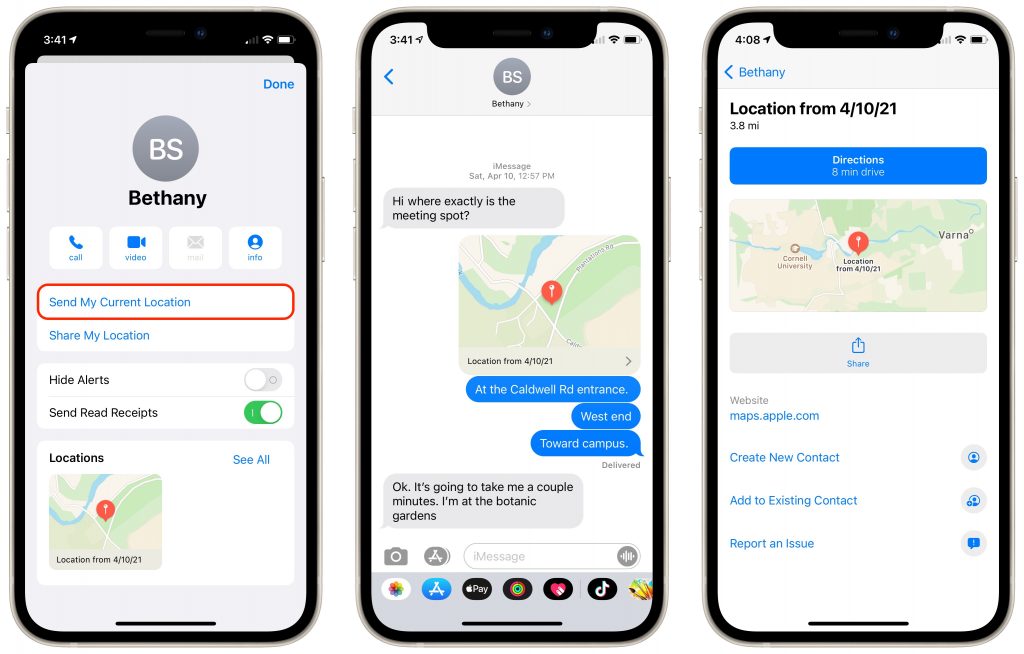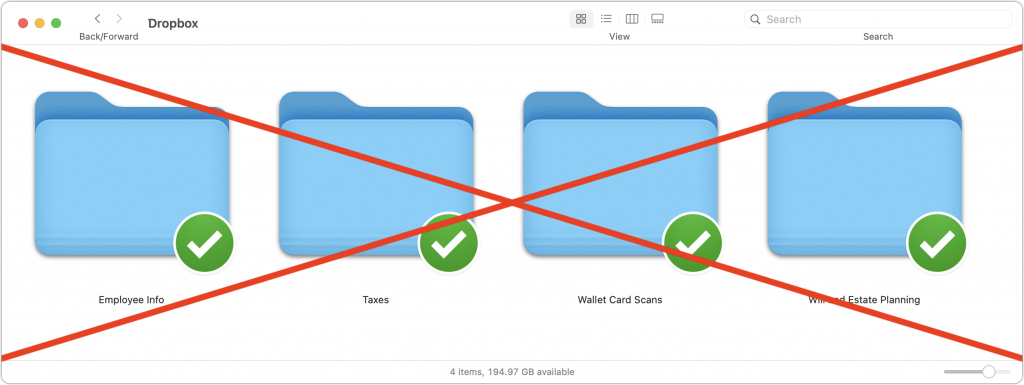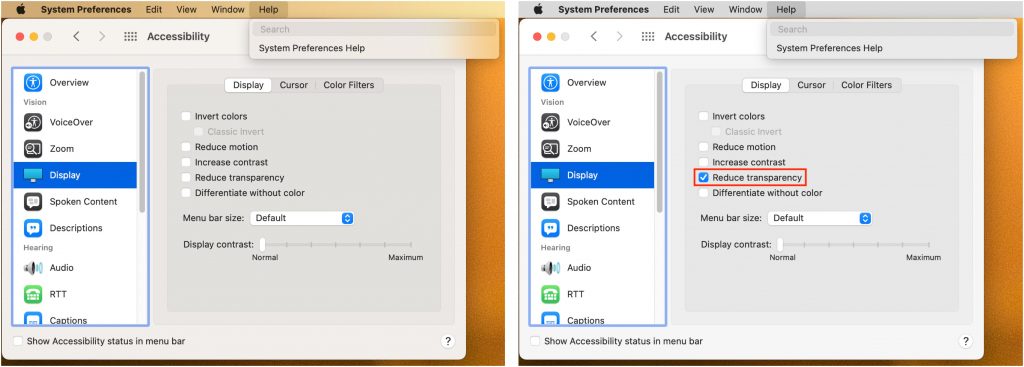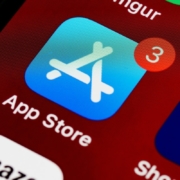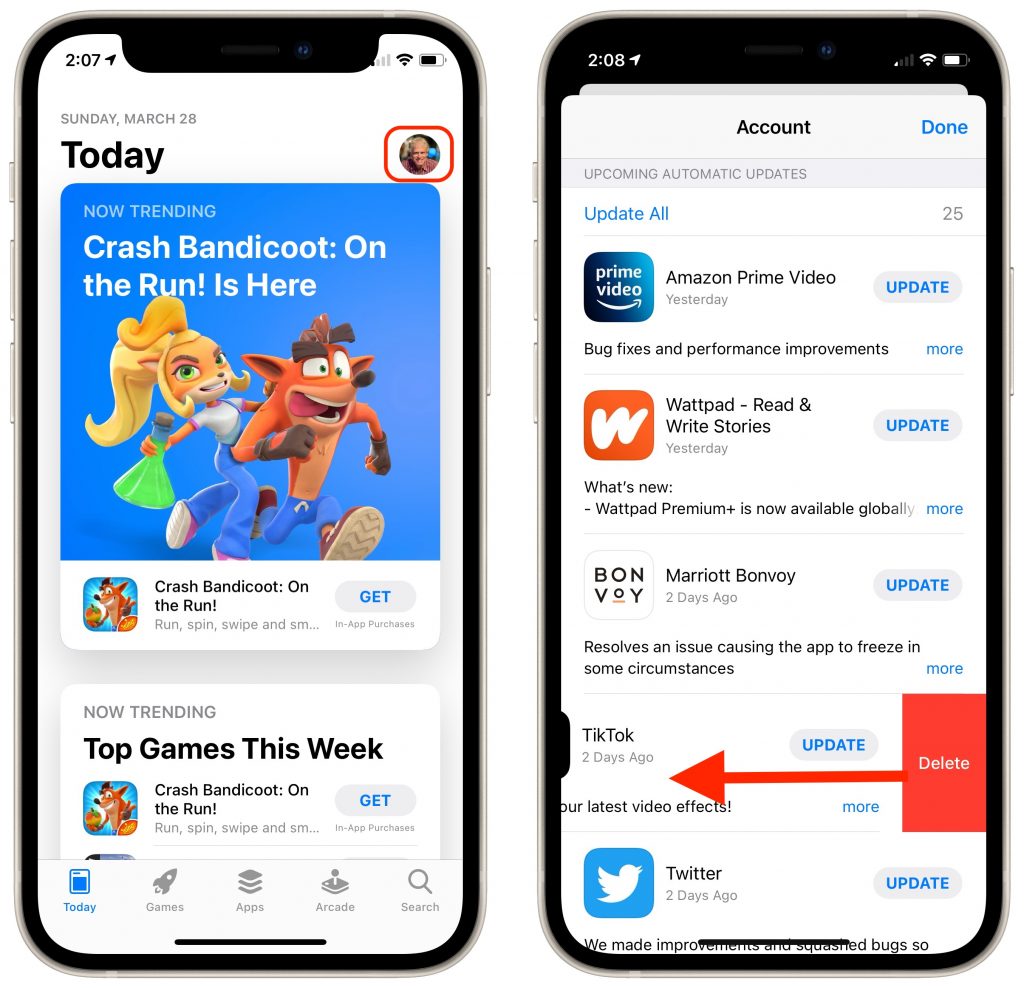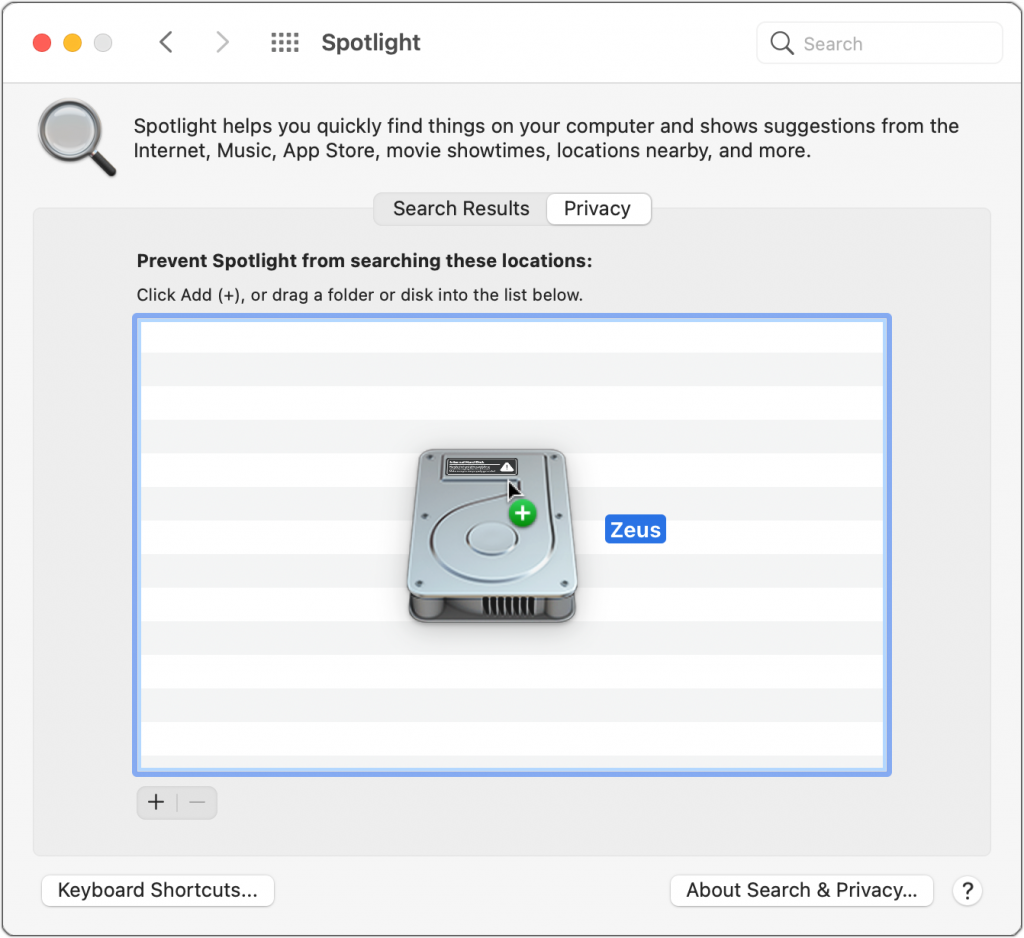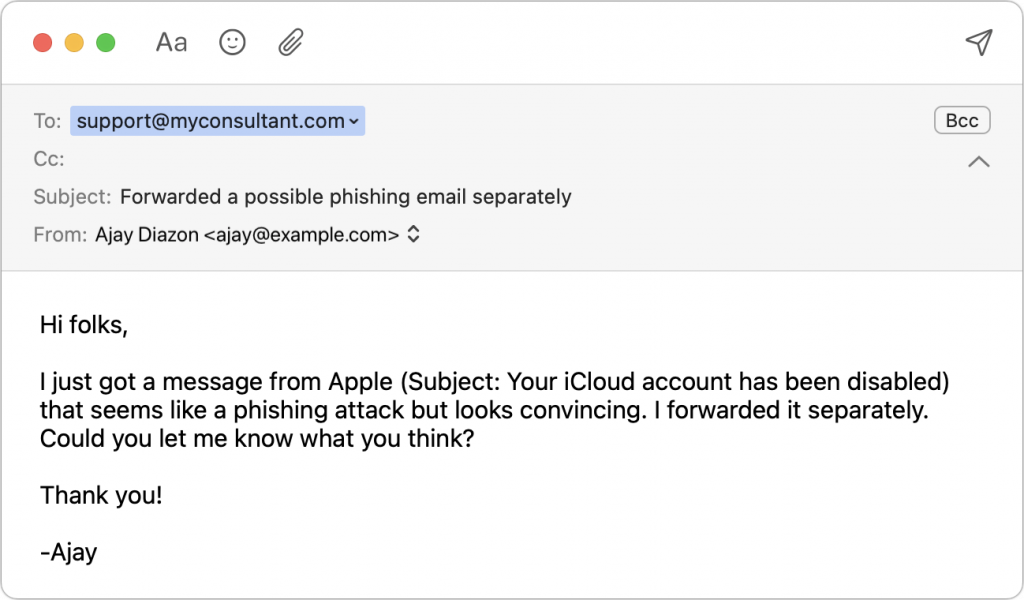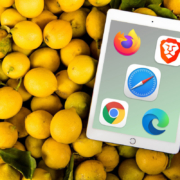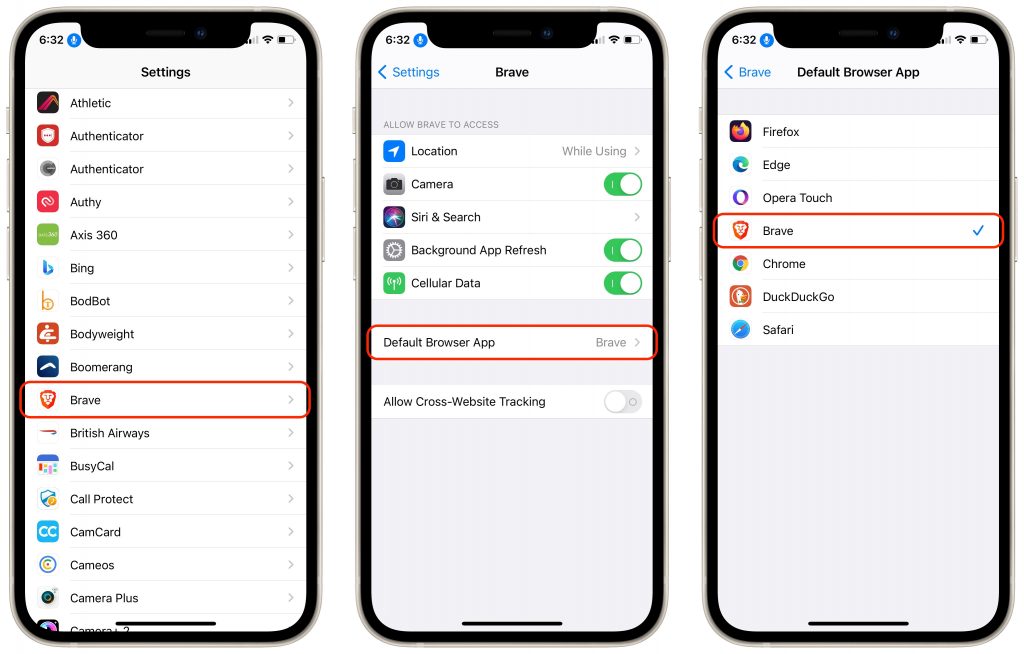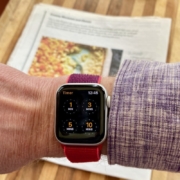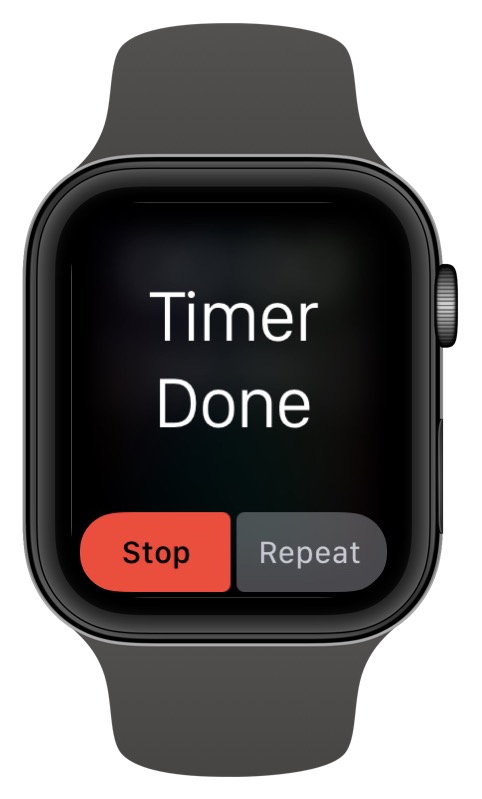Intuit Has Stopped Updating the QuickBooks Online Mac App; Switch to a Web Browser
If you’re using QuickBooks Online with the service’s Mac app to manage your business’s accounting, you may have seen a message like the one below announcing that Intuit has stopped updating the QuickBooks Online app. This doesn’t affect your QuickBooks Online account, which you can and should use via a Web browser at qbo.intuit.com now. Even if the QuickBooks Online Mac app continues to work, which it likely will for some time, we recommend that you delete it and switch entirely to a Web browser. It’s not safe to use an unsupported app for financial records because Intuit won’t be fixing any security vulnerabilities going forward.
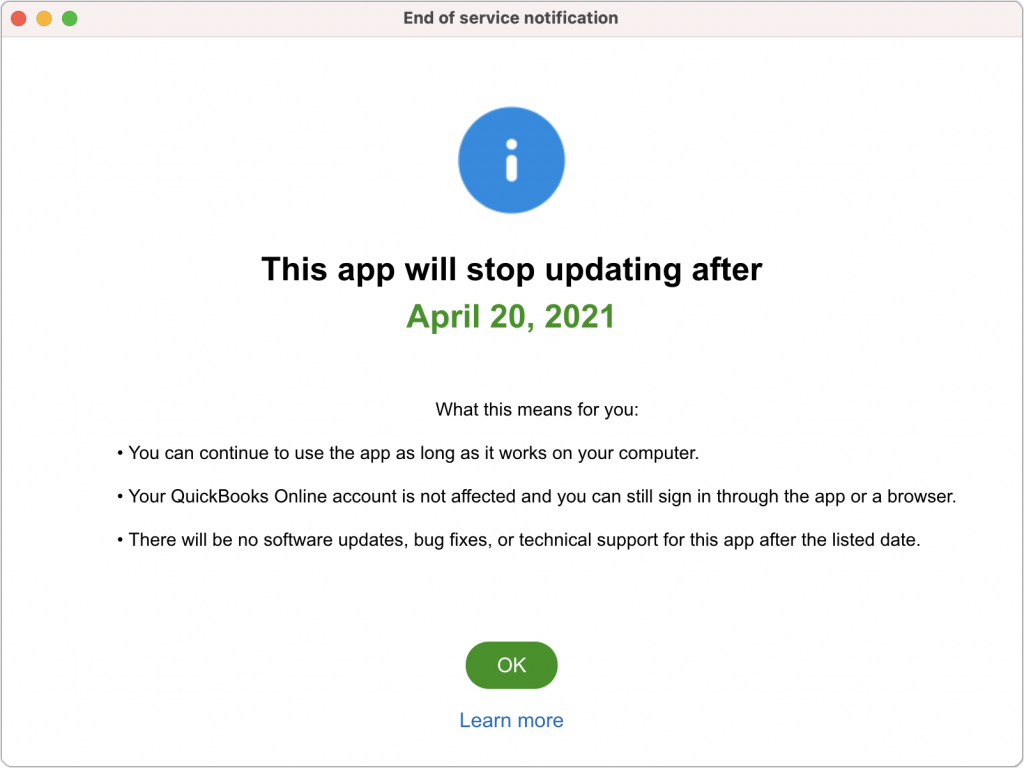
(Featured image based on an original by RODNAE Productions from Pexels)



